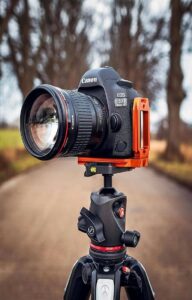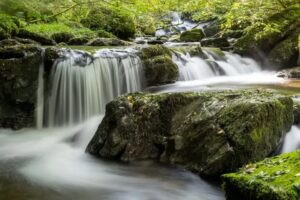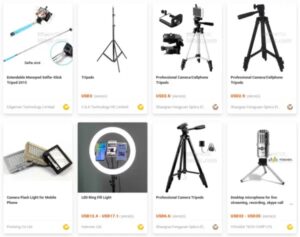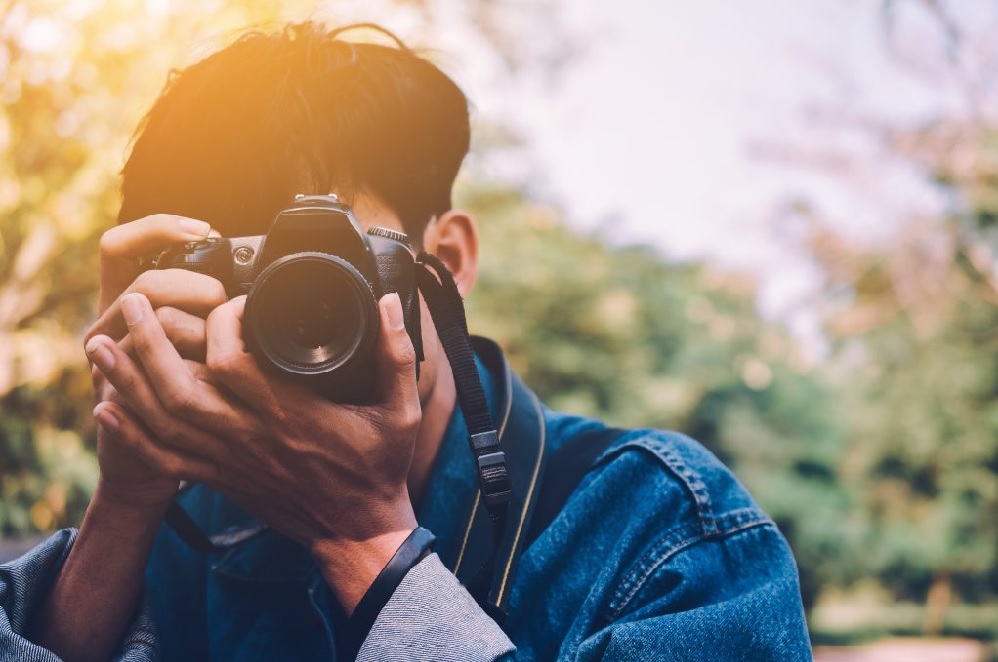Are you a photo addict who enjoys taking pictures all the time and wants to advance your photographic abilities? You are in the proper location! We’ve compiled six fundamental outdoor photography strategies for you in this post.

Once you’ve mastered these techniques, we’re confident you can shoot like a pro the next time.
1) The golden ratio.

There are several guidelines that novices should go by even if there is no set recipe for a fantastic photograph. Try to consider the golden ratios when taking pictures. The golden ratio, according to expertphotography, “helps to direct the reader through the entire photo.” The composition will be more visually appealing and well-balanced. Additionally, you can consider using the “rule of thirds.” Place the primary object along those lines or at the locations where they meet. Pretend there is a line dividing the image into three pieces (both horizontally and vertically), giving you nine portions in total.
2) Use proper lighting and timing when taking photos.

You might believe that all types of natural light are suitable for photo shoots and that all photographers should embrace it, but this is not the case. The “golden hour” refers to certain times of the day when you can capture better pictures (or some may call it- the magic hour). It is the part of the day either before or just after sunrise. The light is softer and warmer at that time, making it possible to take beautiful pictures. There is a horrible hour when there is a golden hour. For many photographers, midday is one of the most challenging periods to take pictures. The midday sun is directly overhead of us, producing shadows and unfavourable contrast. If you need to snap pictures during that time, you might consider lowering your camera’s ISO or using a CPL filter.
Read also: Five Simple Home Office Setup Ideas to Boost Productivity
3) Use manual focus.

Please make sure you have a DSLR camera and turn your camera from auto mode to manual mode before continuing. You can now start experimenting with some of the special effects once you have total control over your shutter speed, aperture, ISO, and other parameters.


You can experiment with a variety of effects, such as the silky smooth waterfall photos by utilising a slow shutter speed to capture the water’s flow and produce this silky smooth look. Alternately, you might attempt to capture light trails with a slow shutter speed (about 10 to 30 seconds) and low ISO settings (100-200).
4) Tripod.

When taking landscape photos, especially at night, a tripod is usually necessary. A tripod may assist in taking pictures from various perspectives because you can always change the height of the tripod; a picture taken from a higher or closer to the ground perspective can offer some originality. Additionally, it enables you to capture images that call for long exposures, such as those of stars, waterfalls, and northern lights. At night, it is tough to hold a camera still enough, and when using a long exposure, even the smallest movement might blur your image and make it look wobbly.
5) An action cam.

Why is an action camera good? The action camera that best meets your needs should be considered good. Let’s first take a look at several criteria like frame rate, resolution, weight, and battery life before deciding which model to choose. Do you require movies that meet industry standards? If so, choose 4K models for the best possible videos. Need to capture underwater adventures? What you need is an action camera that can withstand water and is waterproof.
6) Camera satchel.

The next step after purchasing a quality camera is to get a suitable camera bag. All of your equipment is kept safe and secure with a suitable camera bag, which may shield your camera from bumps and bad weather. Visit hktdc.com if you’re looking for a camera bag; you’ve come to the perfect location. There are many excellent camera bags available in a variety of colours, sizes, and styles, so we have assisted you in finding them.





